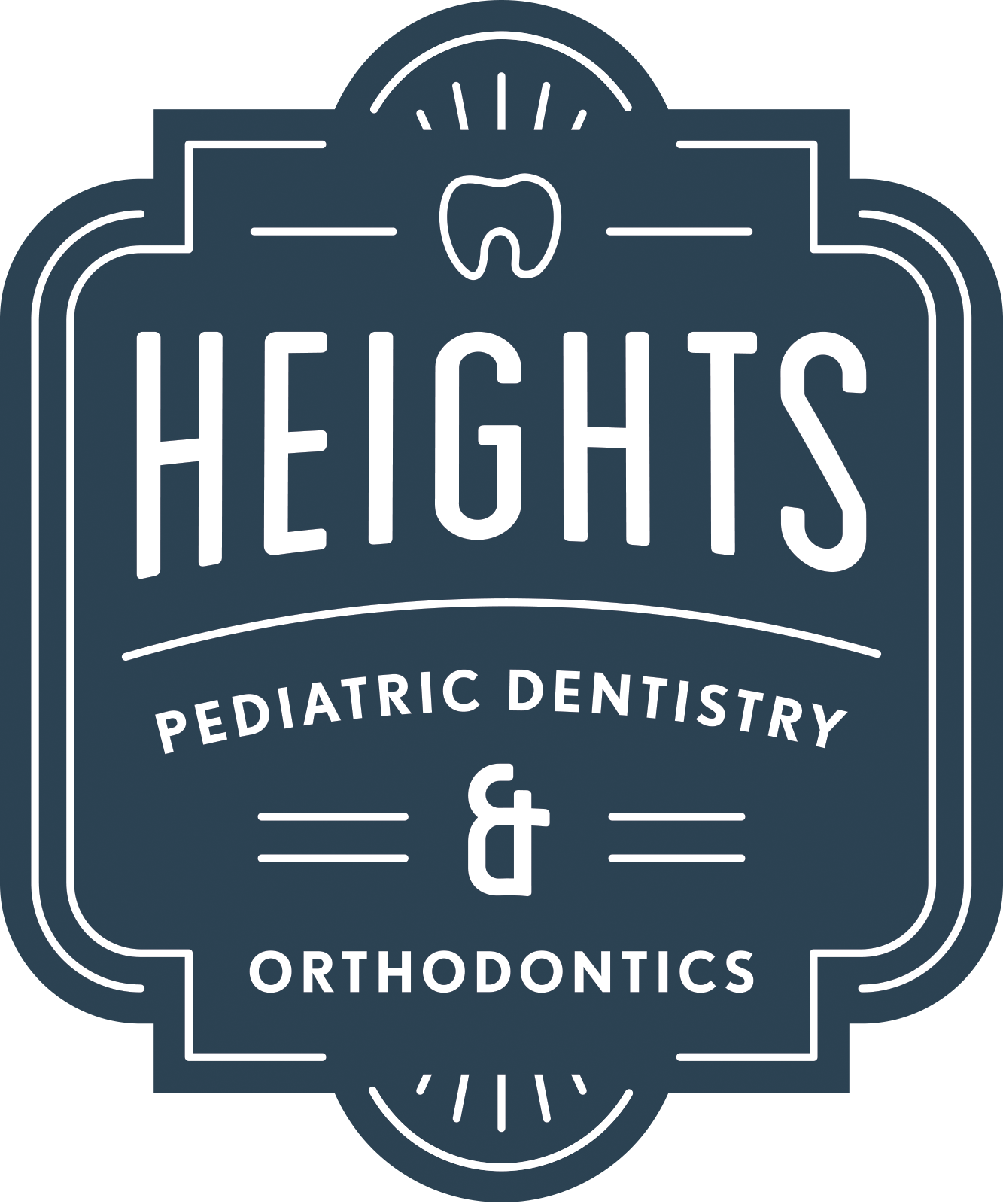Stop thumb or finger sucking with the T-guard!
/Many parents struggle with helping their child break thumb or finger habits for years. That’s because they cannot be removed like pacifiers can! Some children wean themselves at an early age, but most will continue the habit well into the school age. We tell all our families that little can be done until the child is of an age that he or she understands the importance of quitting this habit. Children under three years of age rarely can be convinced to stop sucking the thumb. Stopping the habit before permanent teeth start erupting is important because sucking on fingers can cause changes in shape of the teeth and jaws called “malocclusion”. It also introduces germs in the mouth, and can affect their social development when a child seen sucking their fingers by their peers.
We advise our families to first start with positively talking to their children about stopping or giving rewards for stopping. Physical barriers can also be used as reminders during idle or tired times. Those range from gloves, plastic thumb/finger guards, or an appliance made by the dentist.
Today’s blog is specifically about the TGuard (as seen in the pictures). It’s a plastic, soft, flexible, and comfortable medical device that can be worn by the child as a physical barrier and reminder not to suck their finger or thumb! It’s 100% BPA-free and contains no harmful phthalates. It’s easy to put on and take off, and the straps come in various fun colors. For more information about the T guard, visit their website: www.tguard.com.
All habits are hard to break! We realize that it takes work and dedication to get rid of a habit, and we believe in a team approach. Any unwanted changes to the jaws and teeth will eventually be corrected either be itself or by orthodontic appliances (which can be costly). We try to provide parents and children encouragement and resources they need on this journey. If you have questions about your child’s finger sucking habit, give us a call at 713-861-4000 or come see us at Heights Pediatric Dentistry & Orthodontics!





















